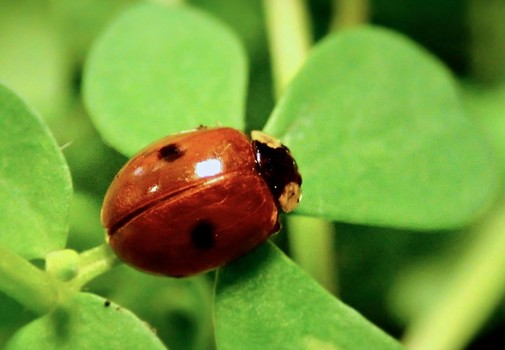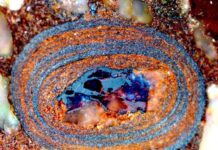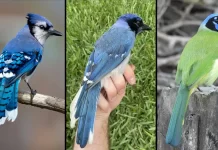Ladybugs, also known as ladybirds in some parts of the United States and Britain, are one of the most encouraged insects by gardeners. There is a reason why ladybugs are helpful to gardeners. The color of the bugs keeps birds away from the bugs and keeps the birds from eating gardeners produce and fruit. Lina María Arenas with the Centre for Ecology and Conservation at the University of Exeter and from the University of Cambridge developed a method to test the toxicity of ladybugs.
The more brightly colored a lady bug is the more toxic the bug is to bird predators. The researchers developed a test that counts the number of tiny crustaceans called Daphnia that was killed per unit time by different colored ladybugs immersed in water the crustaceans wee in. The brighter the bug the more toxic the chemicals produced that keep predators at bay. The odor of the most potent toxins is also stronger in brightly colored ladybugs.
Ladybugs that are not brightly colored use color that is comparable to the plants they live on to avoid being eaten. The brighter colored ladybugs have larger populations as a result of their coloration and the safety the color provides. The researchers tested their theory with plastic lady bugs that were brightly colored and found that birds avoided these fake ladybugs like the birds avoided live ladybugs.
There are at least 5,000 different ladybug species that exist across the world. The variation in color, color scheme, and patterns is astounding. It is possible that each species of ladybug evolved a different chemistry to produce the color and toxin that keeps the most common predator species away from the ladybug.















